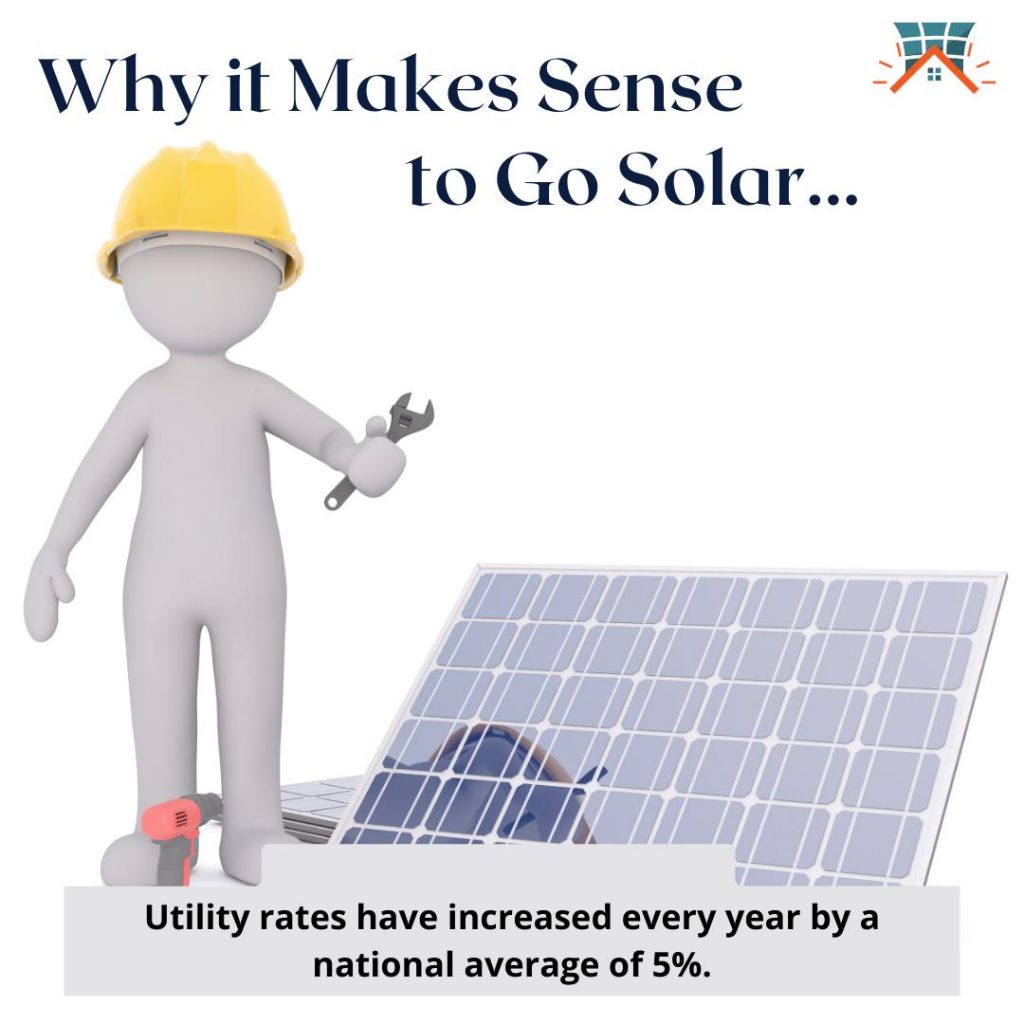According to manufacturing materials 1. Crystalline silicon battery 2. Amorphous silicon solar battery
Crystalline silicon solar cells are divided into: monocrystalline silicon solar cells and polycrystalline silicon solar cells
1. Monocrystalline silicon solar cells
Among silicon solar cells, monocrystalline silicon solar cells have the highest conversion efficiency and the most mature technology. High-performance monocrystalline silicon cells are based on high-quality monocrystalline silicon materials and related mature processing techniques. The battery technology of monocrystalline silicon is nearly mature. In the production of batteries, technologies such as surface texturing, emitter passivation, and partition doping are generally used. The developed batteries mainly include planar monocrystalline silicon batteries and grooved buried gate electrodes. Monocrystalline silicon cells. The improvement of conversion efficiency mainly depends on the microstructure treatment of the surface of single crystal silicon and the partition doping process.
2. Polycrystalline silicon solar cells
The manufacturing process of polycrystalline silicon solar cells is similar to that of monocrystalline silicon solar cells, but the photoelectric conversion efficiency of polycrystalline silicon solar cells is much lower, and its photoelectric conversion efficiency is about 17-18%. The production of polycrystalline silicon wafers has low energy consumption and no pollution in the production process. Compared with monocrystalline silicon solar cells, polycrystalline silicon solar cells are more economical. In terms of production cost, it is cheaper than monocrystalline silicon solar cells, the material is easy to manufacture, saves power consumption, and the total production cost is low, so it has been greatly developed. In addition, the service life of polycrystalline silicon solar cells is shorter than that of monocrystalline silicon solar cells.
3. Amorphous silicon solar cells
Amorphous silicon cells are generally formed by decomposing and depositing high-purity silane and other gases by PECVD (Plasma Enhanced Chemical Vapor Deposition) method. Such a manufacturing process can be continuously completed in multiple vacuum deposition chambers during production to achieve mass production. Due to the low deposition and decomposition temperature, thin films can be deposited on glass, stainless steel plates, ceramic plates, and flexible plastic sheets, which is easy for large-scale production and low cost. The structure of amorphous silicon-based solar cells prepared on glass substrates is: Glass/TCO/p-a-SiC: H/i-a-Si: H/n-a-Si: H/Al, and the amorphous silicon-based solar cells prepared on stainless steel substrates The structure of silicon-based solar cells is: SS/ZnO/n-a-Si:H/i-a-Si(Ge):H/p-na-Si:H/ITO/Al.
